A year after celebrating its 20th anniversary, Capcom’s iconic monster-hunting franchise makes a triumphant return in 2025 with *Monster Hunter Wilds*, set to release on February 28. Over the years, the series has evolved across generations of consoles—both home and portable—reaching record-breaking success with *Monster Hunter World* (2018) and *Monster Hunter Rise* (2021), which remain not only the franchise's top-selling entries but also Capcom’s two best-selling titles ever .
With *Monster Hunter Wilds* just around the corner, now is the perfect time to take a look back at the evolution of this beloved action-RPG series. Below, we've compiled a list of the 12 most significant games in the Monster Hunter franchise, ordered chronologically by release date.
How Many Monster Hunter Games Are There? There are over 25 Monster Hunter titles when counting mainline games, spinoffs, mobile releases, and updated versions. However, for this guide, we’ve narrowed it down to the 12 most essential Monster Hunter games . Our selection excludes mobile-exclusive titles (like *Monster Hunter i* or *Spirits*), shuttered MMOs (*Monster Hunter Frontier*, *Monster Hunter Online*), and niche Japan-only experiments like the FromSoftware-developed life-sim *Monster Hunter Diary: Poka Poka Airou Village*.
Every IGN Monster Hunter Review
Which Monster Hunter Game Should You Play First? Since there’s no overarching narrative tying the series together, you can jump into any entry that suits your playstyle and platform preference. If you're new to the franchise in 2025, consider waiting for reactions to *Monster Hunter Wilds* before diving in—it launches globally on February 28 and promises to be one of the most immersive experiences yet. Alternatively, if you want to get started right away, *Monster Hunter World* and *Monster Hunter Rise* are excellent starting points. Choose *World* for deep exploration and world-building, or go with *Rise* for faster-paced, more fluid combat.
Out February 28
Monster Hunter (2004) The original *Monster Hunter* was part of a strategic initiative by Capcom to explore online gaming on the PS2, alongside *Auto Modellista* and *Resident Evil: Outbreak*. As detailed in a 2014 interview with Ryozo Tsujimoto of Capcom, the game laid the foundation for everything the franchise would become.
It introduced the core gameplay loop: players receive quests to hunt monsters, gather materials, craft gear, and then tackle even stronger foes. While initially limited to single-player and local multiplayer, it offered an early glimpse of the deep systems that would define the series. An expanded version titled *Monster Hunter G* followed in Japan the next year.
Monster Hunter Mar 11, 2004 PlayStation 2
Monster Hunter Freedom (2005) In 2005, the series made its first major leap to handheld hardware with *Monster Hunter Freedom*, a reworked and enhanced version of *Monster Hunter G* optimized for solo play on the PlayStation Portable (PSP). This title marked the beginning of the franchise’s dominance in the portable market, selling over a million copies in Japan alone—a trend that continued until *Monster Hunter World* broke records on home consoles.
Monster Hunter Freedom Dec 1, 2005 PlayStation Portable
Monster Hunter 2 (2006) Returning to the PS2 in 2006, *Monster Hunter 2* (known as *Monster Hunter Dos* in Japan) expanded on the original formula with new features such as a day-night cycle and gem-based customization for weapons and armor. These additions gave players more depth in crafting and character progression, setting the stage for future innovations in the series.
Monster Hunter 2 Feb 16, 2006 PlayStation 2
Monster Hunter Freedom 2 (2007) This sequel built upon the previous PSP title by expanding the content from *Monster Hunter 2*. It featured deeper customization, new monsters, and additional quests. In 2008, it received a major update called *Monster Hunter Freedom Unite*, which added even more content, including new areas, missions, and the introduction of Felyne companions who could assist players in battle.
Monster Hunter Freedom 2 Feb 22, 2007 PlayStation Portable
Monster Hunter 3 (2009) Originally developed for PS3, *Monster Hunter 3* (later known as *Tri* in Japan) launched exclusively on Wii in 2009 before receiving international release in 2010. The game introduced underwater combat—a unique but short-lived mechanic—and significantly expanded the roster of monsters, weapons, and environments.
Later iterations included *Monster Hunter 3 Ultimate* for Wii U and 3DS, offering enhanced graphics, improved single-player content, and new multiplayer zones.
Monster Hunter Tri Aug 1, 2009 Wii</p> </div>
<div class="article-next">
<a href="/news/cookie-kingdom-unveils-sneak-peek--custom-charactercreating-mode-mycookie.html" title="Cookie Run: Kingdom unveils sneak peek at new custom character-creating mode MyCookie">Previous article:Cookie Run: Kingdom unveils sneak peek at new custom character-creating mode MyCookie</a>
<a href="/news/pokémon-tcg-pockets-metaltype-mass-outbreak-event-underway.html" title="Pokémon TCG Pocket Launches Metal Outbreak Event">Next article:Pokémon TCG Pocket Launches Metal Outbreak Event</a>
</div>
<!--相关资讯-->
<!--最新录入-->
<div class="left-box">
<div class="public-title">
<span><img src="static/picture/title_bg.png" alt="">Latest Downloads</span>
<a href="/appnest" title="MORE" >MORE<i>+</i></a>
</div>
<div class="show-left-lr">
<ul>
<li>
<a href="/car-sale-dealership-simulator.html" title="Car Sale Dealership Simulator" class="img">
<img src="https://img.szyya.com/uploads/11/1719595368667ef16876a61.jpg" alt="Car Sale Dealership Simulator" onerror="this.onerror='';this.src='/assets/images/morentu/670-345.png'">
</a>
<a href="/car-sale-dealership-simulator.html" class="name">Car Sale Dealership Simulator</a>
<p class="xzthingp"><a href="/appnest/simulation" title="Simulation">Simulation</a> 丨 511.71 MB</p>
<a href="/car-sale-dealership-simulator.html" title="Download" class="down">
<img src="/assets/picture/lr_down.png" alt="Downlaod">Downlaod</a>
</li>
<li>
<a href="/horse-racing-rivals-team-game.html" title="Horse Racing Rivals: Team Game" class="img">
<img src="https://img.szyya.com/uploads/70/1719641150667fa43e157ba.jpg" alt="Horse Racing Rivals: Team Game" onerror="this.onerror='';this.src='/assets/images/morentu/670-345.png'">
</a>
<a href="/horse-racing-rivals-team-game.html" class="name">Horse Racing Rivals: Team Game</a>
<p class="xzthingp"><a href="/appnest/sports" title="Sports">Sports</a> 丨 41.63M</p>
<a href="/horse-racing-rivals-team-game.html" title="Download" class="down">
<img src="/assets/picture/lr_down.png" alt="Downlaod">Downlaod</a>
</li>
<li>
<a href="/mr-obbys-detention.html" title="Mr Obby's Detention" class="img">
<img src="https://img.szyya.com/uploads/76/17312551286730db58c555c.webp" alt="Mr Obby's Detention" onerror="this.onerror='';this.src='/assets/images/morentu/670-345.png'">
</a>
<a href="/mr-obbys-detention.html" class="name">Mr Obby's Detention</a>
<p class="xzthingp"><a href="/appnest/trivia" title="Trivia">Trivia</a> 丨 92.6 MB</p>
<a href="/mr-obbys-detention.html" title="Download" class="down">
<img src="/assets/picture/lr_down.png" alt="Downlaod">Downlaod</a>
</li>
<li>
<a href="/baby-phone.html" title="Baby Phone. Kids Game" class="img">
<img src="https://img.szyya.com/uploads/52/17196900146680631e239d3.jpg" alt="Baby Phone. Kids Game" onerror="this.onerror='';this.src='/assets/images/morentu/670-345.png'">
</a>
<a href="/baby-phone.html" class="name">Baby Phone. Kids Game</a>
<p class="xzthingp"><a href="/appnest/puzzle" title="Puzzle">Puzzle</a> 丨 61.42M</p>
<a href="/baby-phone.html" title="Download" class="down">
<img src="/assets/picture/lr_down.png" alt="Downlaod">Downlaod</a>
</li>
<li>
<a href="/choose-or-dare.html" title="Choose or Dare" class="img">
<img src="https://img.szyya.com/uploads/88/173481112467671df4d5505.webp" alt="Choose or Dare" onerror="this.onerror='';this.src='/assets/images/morentu/670-345.png'">
</a>
<a href="/choose-or-dare.html" class="name">Choose or Dare</a>
<p class="xzthingp"><a href="/appnest/casual" title="Casual">Casual</a> 丨 28.5 MB</p>
<a href="/choose-or-dare.html" title="Download" class="down">
<img src="/assets/picture/lr_down.png" alt="Downlaod">Downlaod</a>
</li>
<li>
<a href="/earn-to-survive-zombie-crush.html" title="Earn to Survive - Zombie Crush" class="img">
<img src="https://img.szyya.com/uploads/27/17349106936768a2e5e147f.webp" alt="Earn to Survive - Zombie Crush" onerror="this.onerror='';this.src='/assets/images/morentu/670-345.png'">
</a>
<a href="/earn-to-survive-zombie-crush.html" class="name">Earn to Survive - Zombie Crush</a>
<p class="xzthingp"><a href="/appnest/racing" title="Racing">Racing</a> 丨 90.6 MB</p>
<a href="/earn-to-survive-zombie-crush.html" title="Download" class="down">
<img src="/assets/picture/lr_down.png" alt="Downlaod">Downlaod</a>
</li>
</ul>
</div>
</div>
</div>
<div class="news-right">
<!--热门推荐-->
<div class="side-box">
<div class="public-title">
<span><img src="/assets/picture/title_bg.png" alt="Top News">Top News</span>
<a href="/news" title="MORE" >MORE<i>+</i></a>
</div>
<div class="side-hot-recoment">
<a href="/news/epoch-season-2-reveals-major-updates--features-tombs--erased.html" title="Last Epoch Season 2 Reveals Major Updates and New Features in Tombs of the Erased" class="img">
<img src="https://img.szyya.com/uploads/51/174075486867c1cfb480b93.jpg" onerror="this.onerror='';this.src='/assets/images/morentu/670-345.png'" alt="Last Epoch Season 2 Reveals Major Updates and New Features in Tombs of the Erased">
</a>
<a href="/news/epoch-season-2-reveals-major-updates--features-tombs--erased.html" title="Last Epoch Season 2 Reveals Major Updates and New Features in Tombs of the Erased" class="name">Last Epoch Season 2 Reveals Major Updates and New Features in Tombs of the Erased</a>
<p>Apr 05,2025</p>
</div>
<div class="side-hot-list">
<ul>
<li>
<a href="/news/mario-64-speedrun-sets-unprecedented-record.html" title="Mario 64 Speedrun Sets Unprecedented Record" class="img">
<img src="https://img.szyya.com/uploads/91/1732011351673c655713329.png" alt="Mario 64 Speedrun Sets Unprecedented Record" onerror="this.onerror='';this.src='/assets/images/morentu/670-345.png'">
</a>
<div class="info f1">
<a href="/news/mario-64-speedrun-sets-unprecedented-record.html" title="Mario 64 Speedrun Sets Unprecedented Record" class="t2">Mario 64 Speedrun Sets Unprecedented Record</a>
<p>Dec 10,2024</p>
</div>
</li>
<li>
<a href="/news/monster-hunter-wild--adventure.html" title="Monster Hunter Goes Wild with Open World Adventure" class="img">
<img src="https://img.szyya.com/uploads/80/1721730119669f844743760.png" alt="Monster Hunter Goes Wild with Open World Adventure" onerror="this.onerror='';this.src='/assets/images/morentu/670-345.png'">
</a>
<div class="info f1">
<a href="/news/monster-hunter-wild--adventure.html" title="Monster Hunter Goes Wild with Open World Adventure" class="t2">Monster Hunter Goes Wild with Open World Adventure</a>
<p>Dec 11,2024</p>
</div>
</li>
<li>
<a href="/news/nba-2k25-unveils-monumental-2025-updates.html" title="NBA 2K25 Unveils Monumental 2025 Updates" class="img">
<img src="https://img.szyya.com/uploads/82/1736262332677d42bc1c1c4.jpg" alt="NBA 2K25 Unveils Monumental 2025 Updates" onerror="this.onerror='';this.src='/assets/images/morentu/670-345.png'">
</a>
<div class="info f1">
<a href="/news/nba-2k25-unveils-monumental-2025-updates.html" title="NBA 2K25 Unveils Monumental 2025 Updates" class="t2">NBA 2K25 Unveils Monumental 2025 Updates</a>
<p>Jan 29,2025</p>
</div>
</li>
<li>
<a href="/news/path-exile-2-mastering-filterblade-usage.html" title=""Path of Exile 2: Mastering FilterBlade Usage"" class="img">
<img src="https://img.szyya.com/uploads/06/173686691167867c5f9fed8.jpg" alt=""Path of Exile 2: Mastering FilterBlade Usage"" onerror="this.onerror='';this.src='/assets/images/morentu/670-345.png'">
</a>
<div class="info f1">
<a href="/news/path-exile-2-mastering-filterblade-usage.html" title=""Path of Exile 2: Mastering FilterBlade Usage"" class="t2">"Path of Exile 2: Mastering FilterBlade Usage"</a>
<p>May 23,2025</p>
</div>
</li>
</ul>
</div>
</div>
<!--专辑切换-->
<div class="side-box mt-30">
<div class="public-title">
<span><img src="/assets/picture/title_bg.png"
alt="">Topics</span>
<a href="/tools" title="MORE">MORE<i>+</i></a>
</div>
<div class="side-more-rank">
<ul>
<li>
<a href="/guides/android-simulation-games-collection.html" class="name f1">Android Simulation Games Collection</a>
<a href="/guides/android-simulation-games-collection.html" class="down"></a>
</li>
<li>
<a href="/guides/best-educational-games-for-learning.html" class="name f1">Best Educational Games for Learning</a>
<a href="/guides/best-educational-games-for-learning.html" class="down"></a>
</li>
<li>
<a href="/guides/essential-media-management-tools.html" class="name f1">Essential Media Management Tools</a>
<a href="/guides/essential-media-management-tools.html" class="down"></a>
</li>
<li>
<a href="/guides/engaging-music-puzzle-games-for-android.html" class="name f1">Engaging Music Puzzle Games for Android</a>
<a href="/guides/engaging-music-puzzle-games-for-android.html" class="down"></a>
</li>
<li>
<a href="/guides/top-family-board-games-collection.html" class="name f1">Top Family Board Games Collection</a>
<a href="/guides/top-family-board-games-collection.html" class="down"></a>
</li>
<li>
<a href="/guides/challenging-single-player-arcade-games.html" class="name f1">Challenging Single Player Arcade Games</a>
<a href="/guides/challenging-single-player-arcade-games.html" class="down"></a>
</li>
<li>
<a href="/guides/strategy-board-games-for-2-players.html" class="name f1">Strategy Board Games for 2 Players</a>
<a href="/guides/strategy-board-games-for-2-players.html" class="down"></a>
</li>
<li>
<a href="/guides/epic-role-playing-games-to-play-on-android.html" class="name f1">Epic Role Playing Games to Play on Android</a>
<a href="/guides/epic-role-playing-games-to-play-on-android.html" class="down"></a>
</li>
</ul>
</div>
</div>
<!--二次元手游推荐-->
<div class="side-box">
<div class="public-title">
<span><img src="/assets/picture/title_bg.png" alt="Trending Games">Trending Games</span>
<a href="/appnest" title="MORE" >MORE<i>+</i></a>
</div>
<div class="index-game-left">
<ul>
<li>
<span class="num">1</span>
<div class="info f1">
<a href="/kariz------yun-shuo.html" title="KARIZ -カリツの伝説-" class="img">
<img src="https://img.szyya.com/uploads/07/1719579804667eb49c202e9.jpg" alt="KARIZ -カリツの伝説-" onerror="this.onerror='';this.src='/assets/images/morentu/200-200.png'">
</a>
<div class="right f1">
<p class="top"><a href="/kariz------yun-shuo.html" title="KARIZ -カリツの伝説-" class="name">KARIZ -カリツの伝説-</a><span>1420.00M</span></p>
<p class="t1">Dive into the enchanting realm of dragons with KARIZ - Legend of Kariz, a mesmerizing MMORPG that promises an unforgettable adventure. Become a part of the ancient Dragon Hunters and rise to the ranks of the legendary Hunter Dragon Warriors in the mystical kingdom of Arcadia. Begin your journey by h</p>
</div>
</div>
</li>
<li>
<span class="num">2</span>
<div class="info f1">
<a href="/bacon-may-die.html" title="Bacon May Die" class="img">
<img src="https://img.szyya.com/uploads/75/1734513797676294853821b.webp" alt="Bacon May Die" onerror="this.onerror='';this.src='/assets/images/morentu/200-200.png'">
</a>
<div class="right f1">
<p class="top"><a href="/bacon-may-die.html" title="Bacon May Die" class="name">Bacon May Die</a><span>44.3 MB</span></p>
<p class="t1">Bacon May Die:一场刺激的2D横版格斗射击游戏!操控愤怒的小猪Bacon,与成群的僵尸兔子和各种怪物展开激烈的战斗!游戏中你需要消灭敌人、战胜BOSS,并解锁海量武器和服装!
这款由Iron Snout开发团队打造的动作游戏,拥有灵敏的拇指操控、100多种可解锁的服装和武器、精彩的BOSS战、充满魅力的卡通2D画面以及流畅的跑射体验。准备好迎接挑战吧!
游戏特点:
大战怪物大军: 面对各种危险的敌人,从变异的僵尸兔子到骷髅剑客,应有尽有。
生存挑战: 在充满挑战的BOSS战中证明你的实力。
解锁百余装备: 收集100多种趣味十足的服装和疯狂的武器。
劫持载具: 驾驶敌人的</p>
</div>
</div>
</li>
<li>
<span class="num">3</span>
<div class="info f1">
<a href="/poker-stake-mobile.html" title="Poker Stake - Mobile" class="img">
<img src="https://img.szyya.com/uploads/31/1719653322667fd3ca17a00.jpg" alt="Poker Stake - Mobile" onerror="this.onerror='';this.src='/assets/images/morentu/200-200.png'">
</a>
<div class="right f1">
<p class="top"><a href="/poker-stake-mobile.html" title="Poker Stake - Mobile" class="name">Poker Stake - Mobile</a><span>23.00M</span></p>
<p class="t1">Experience the thrill of high-stakes poker like never before with the Stake Casino Plinko Poker Stake - Mobile Simulator! Step into a 3D reality that will transport you to the heart of a bustling poker room, where your skills and strategies will be put to the test. Whether you're a seasoned poker pr</p>
</div>
</div>
</li>
<li>
<span class="num">4</span>
<div class="info f1">
<a href="/quick-math.html" title="Quick Math" class="img">
<img src="https://img.szyya.com/uploads/09/172300324966b2f171ce738.jpg" alt="Quick Math" onerror="this.onerror='';this.src='/assets/images/morentu/200-200.png'">
</a>
<div class="right f1">
<p class="top"><a href="/quick-math.html" title="Quick Math" class="name">Quick Math</a><span>14.9 MB</span></p>
<p class="t1">This is a fast-paced math game designed to test your calculation skills! Challenge yourself with addition, subtraction, multiplication, and mixed problems to rack up the highest score possible. How quickly and accurately can you solve the equations?
### What's New in Version 1.0
Last updated Janua</p>
</div>
</div>
</li>
<li>
<span class="num">5</span>
<div class="info f1">
<a href="/kfucat.html" title="KFuCat" class="img">
<img src="https://img.szyya.com/uploads/38/17296065626717b3a2eb759.webp" alt="KFuCat" onerror="this.onerror='';this.src='/assets/images/morentu/200-200.png'">
</a>
<div class="right f1">
<p class="top"><a href="/kfucat.html" title="KFuCat" class="name">KFuCat</a><span>64.5 MB</span></p>
<p class="t1">Experience the thrill of Kung-Fu Cat, the addictive crypto-slicing game!
Embark on an exciting adventure as a nimble ninja cat, slicing through a flurry of crypto coins to earn real rewards. Dodge explosive bombs and watch your level increase every minute in this fast-paced, action-packed game.
Key</p>
</div>
</div>
</li>
<li>
<span class="num">6</span>
<div class="info f1">
<a href="/archery-trickshots.html" title="Archery Trickshots" class="img">
<img src="https://img.szyya.com/uploads/08/1719609182667f275e06326.png" alt="Archery Trickshots" onerror="this.onerror='';this.src='/assets/images/morentu/200-200.png'">
</a>
<div class="right f1">
<p class="top"><a href="/archery-trickshots.html" title="Archery Trickshots" class="name">Archery Trickshots</a><span>17.00M</span></p>
<p class="t1">Test your archery skills in this addictive arcade game—Archery Trickshots—and challenge yourself to hit as many bullseyes as possible! Precisely aim your bow and arrow, accounting for wind direction and force, and watch your arrow fly. Stunning graphics and intuitive controls will keep you engaged</p>
</div>
</div>
</li>
</ul>
</div>
</div>
</div>
</div>
</div>
</div>
</div>
<div class="footer">
<div class="center">
<div class="foot-list">
<a href="/dmca.html " title="DMCA">
<span>DMCA</span>
</a>
<a href="/Content-Policy.html " title="Content Policy" >
<span>Content Policy</span>
</a>
<a href="/privacy-policy.html " title="Privacy Policy">
<span>Privacy Policy</span>
</a>
<a href="/terms-and-conditions.html" title="Terms and Conditions" >
<span>Terms and Conditions</span>
</a>
</div>
<p style="margin-top:16px;">Copyright © 2024 szyya.com All rights reserved. </p>
</div>
</div>
<script src="/kukukuwl.js" type="text/javascript"></script>
</body>
</html>
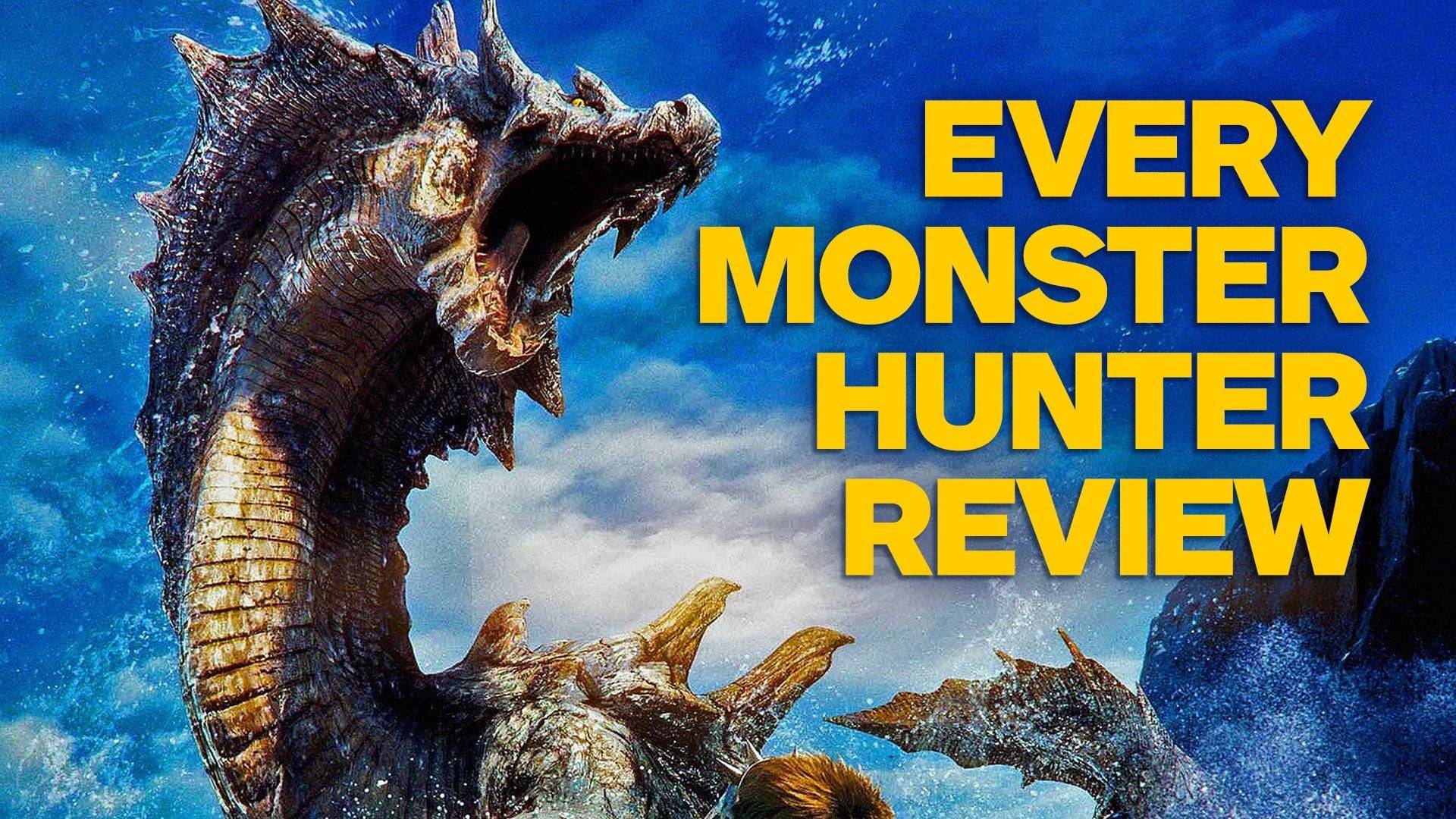
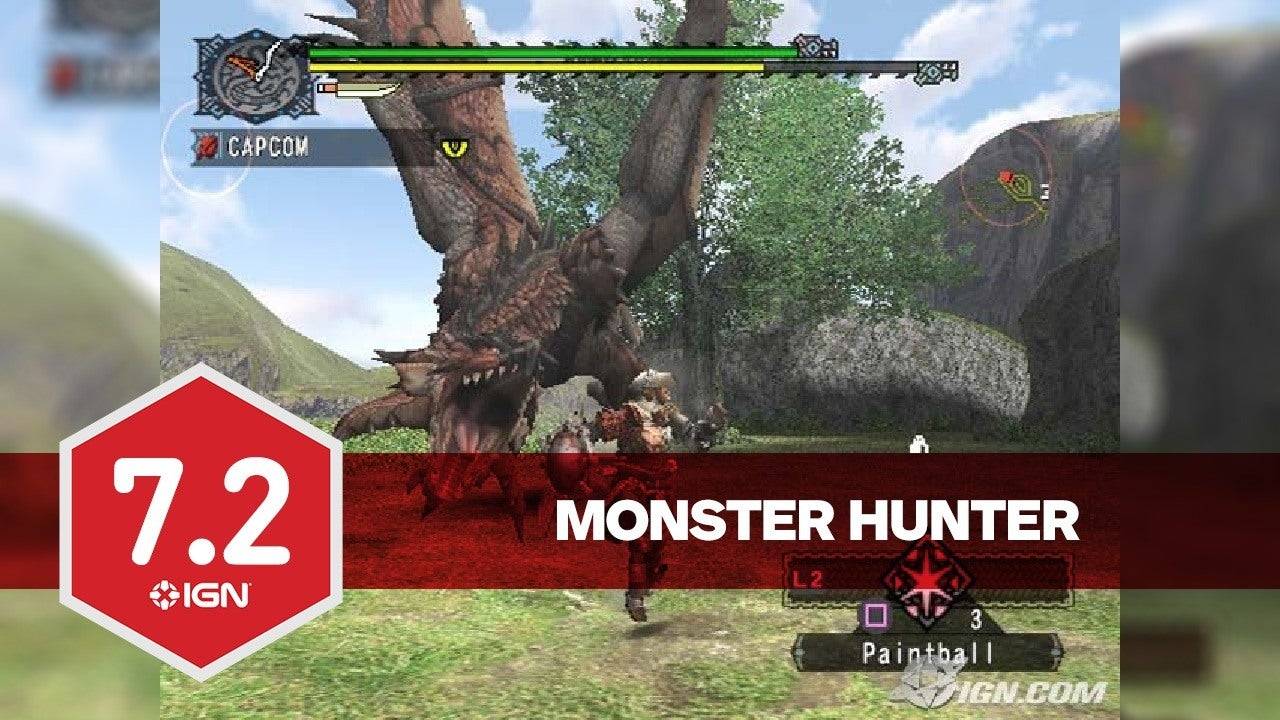 12 Images
12 Images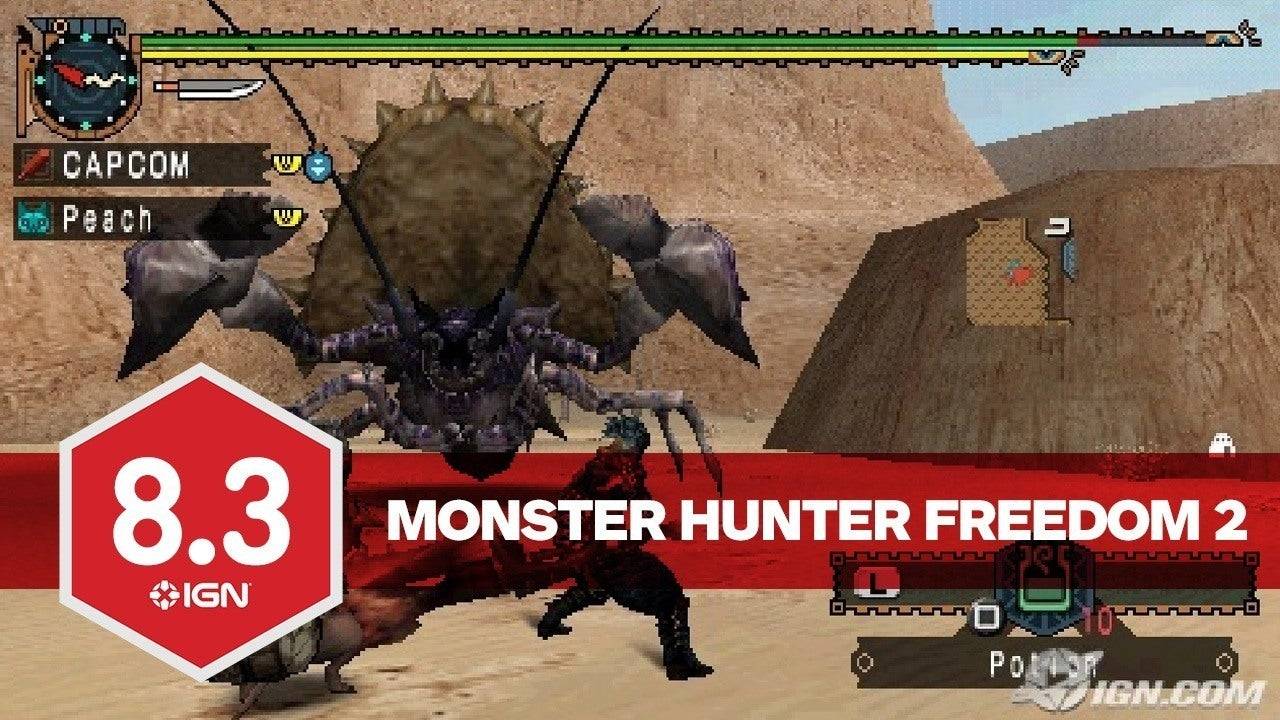
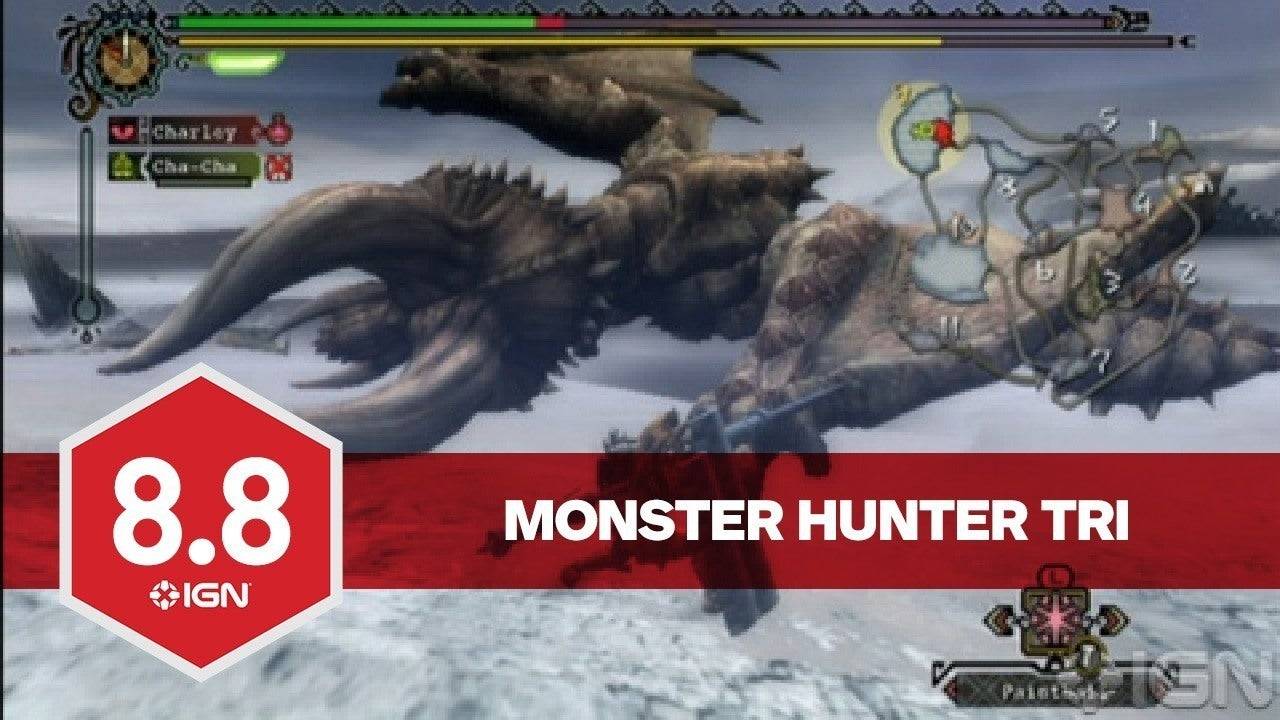
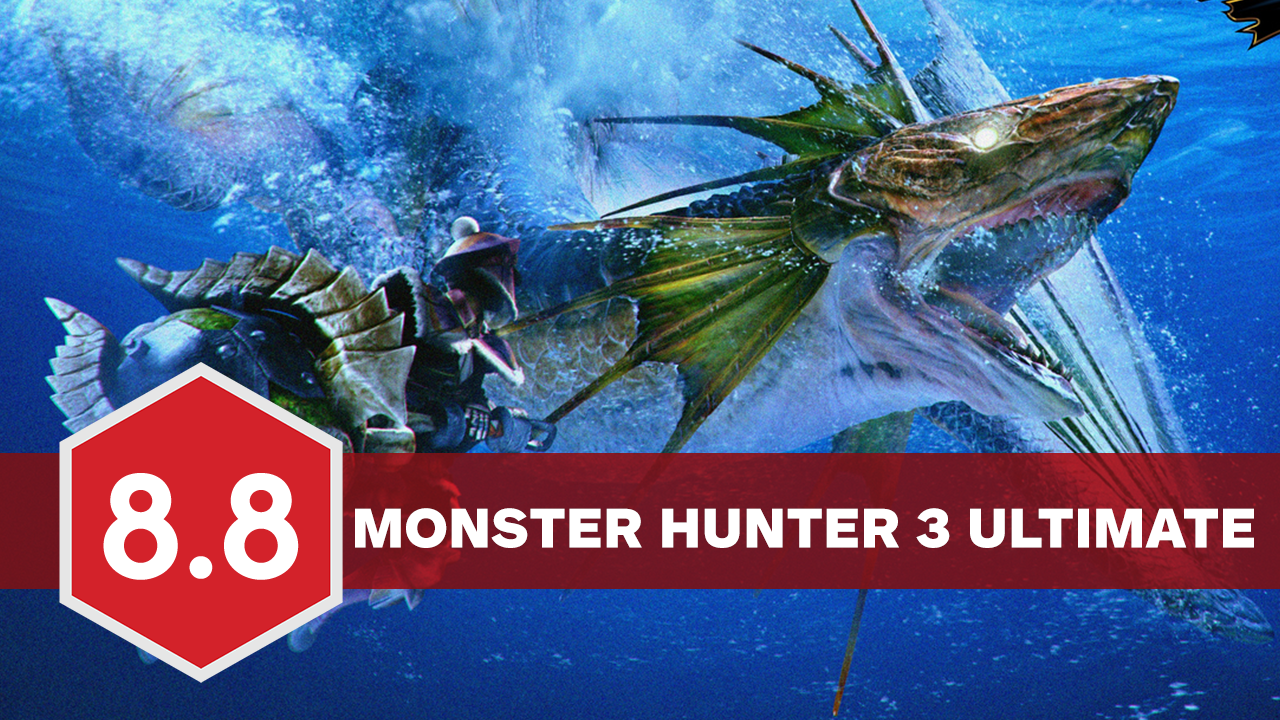
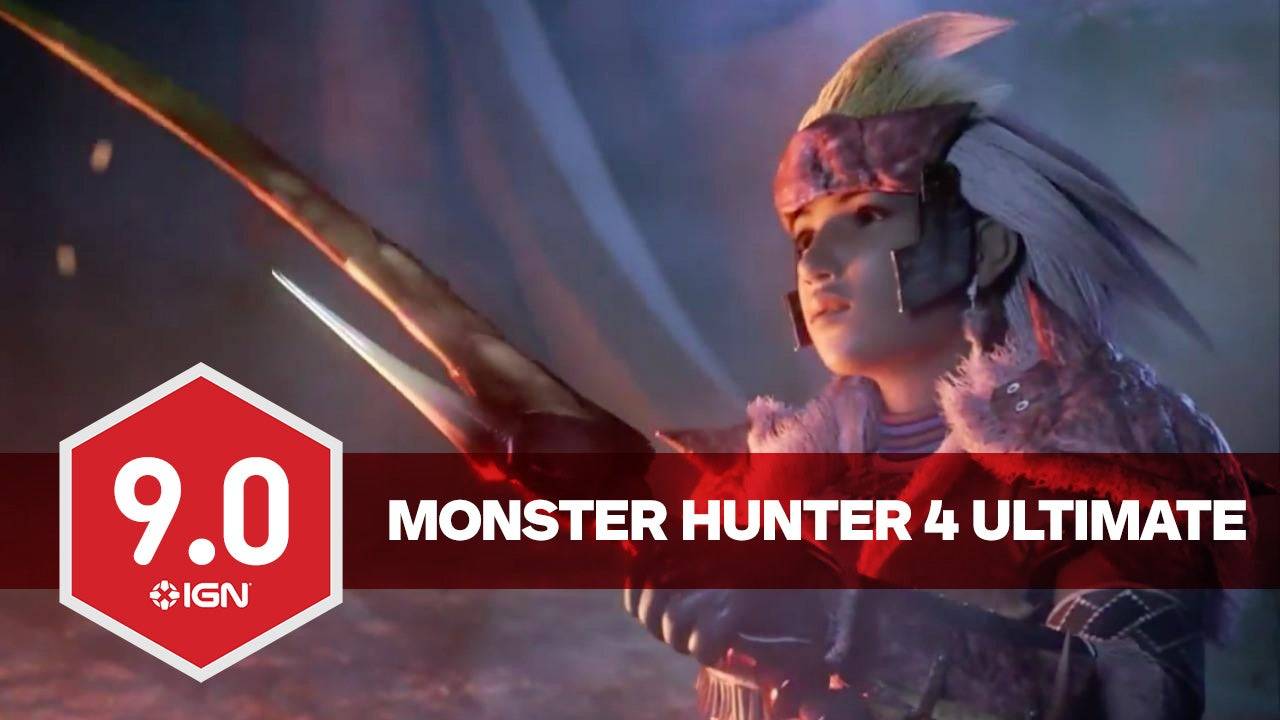
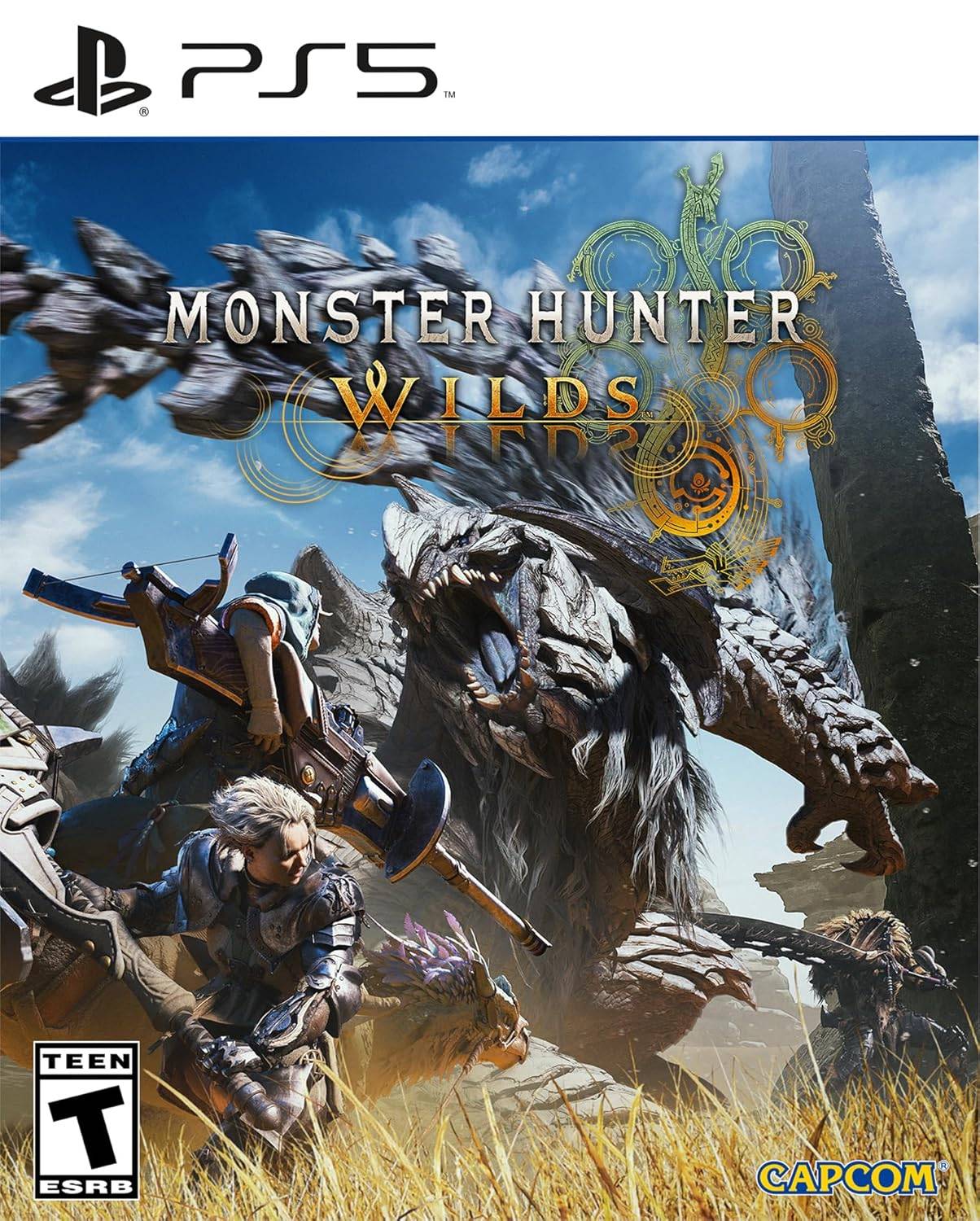 Out February 28
Out February 28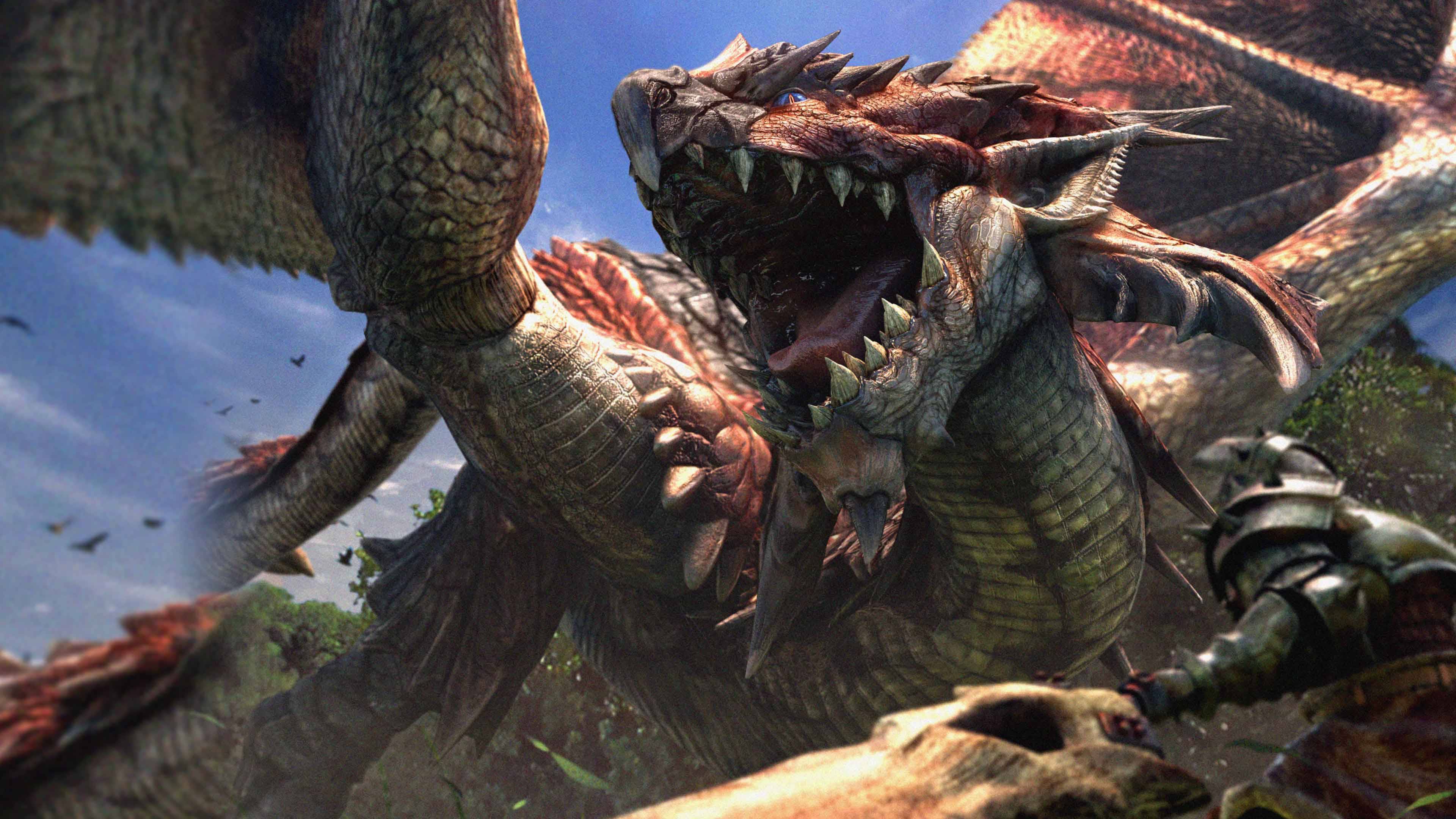 Monster Hunter
Monster Hunter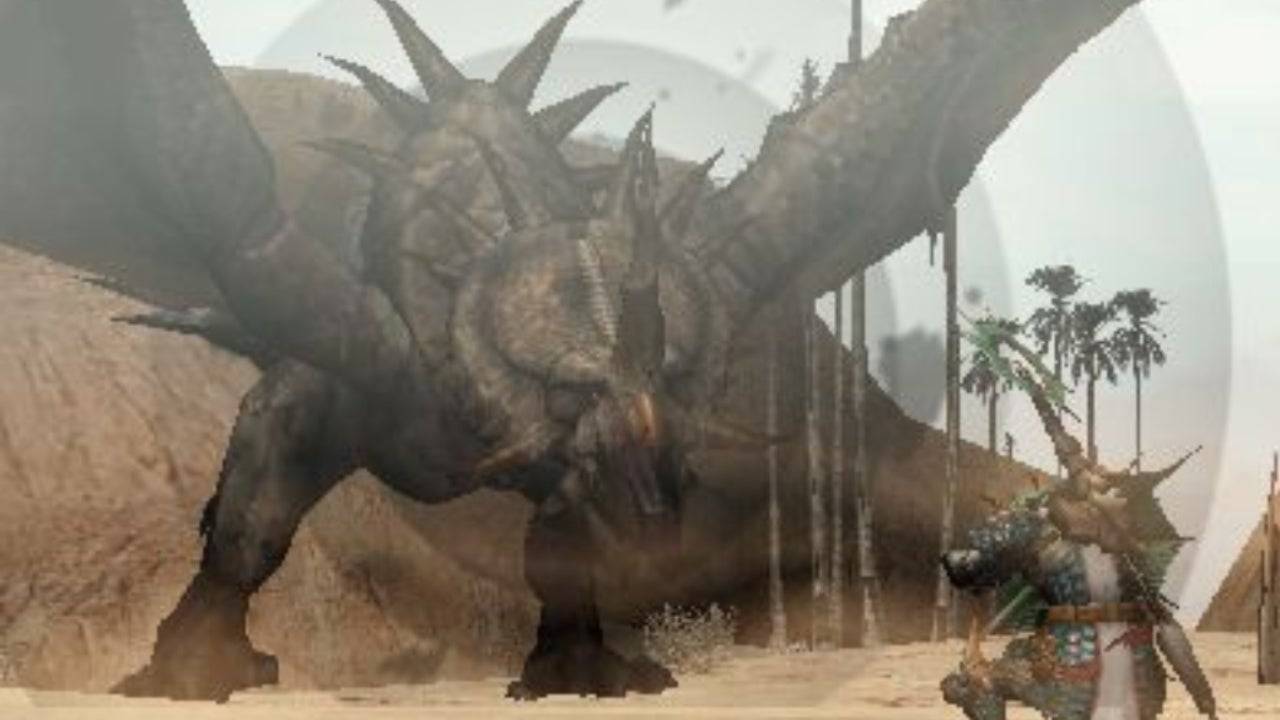 Monster Hunter Freedom
Monster Hunter Freedom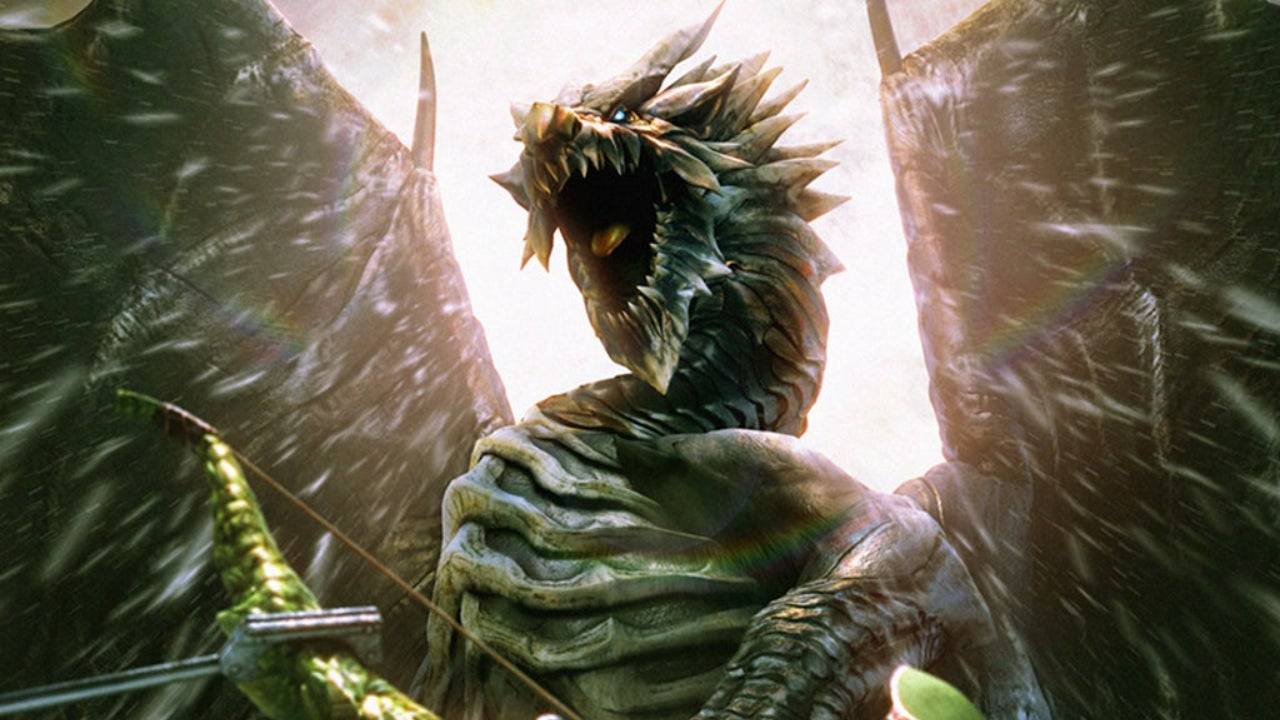 Monster Hunter 2
Monster Hunter 2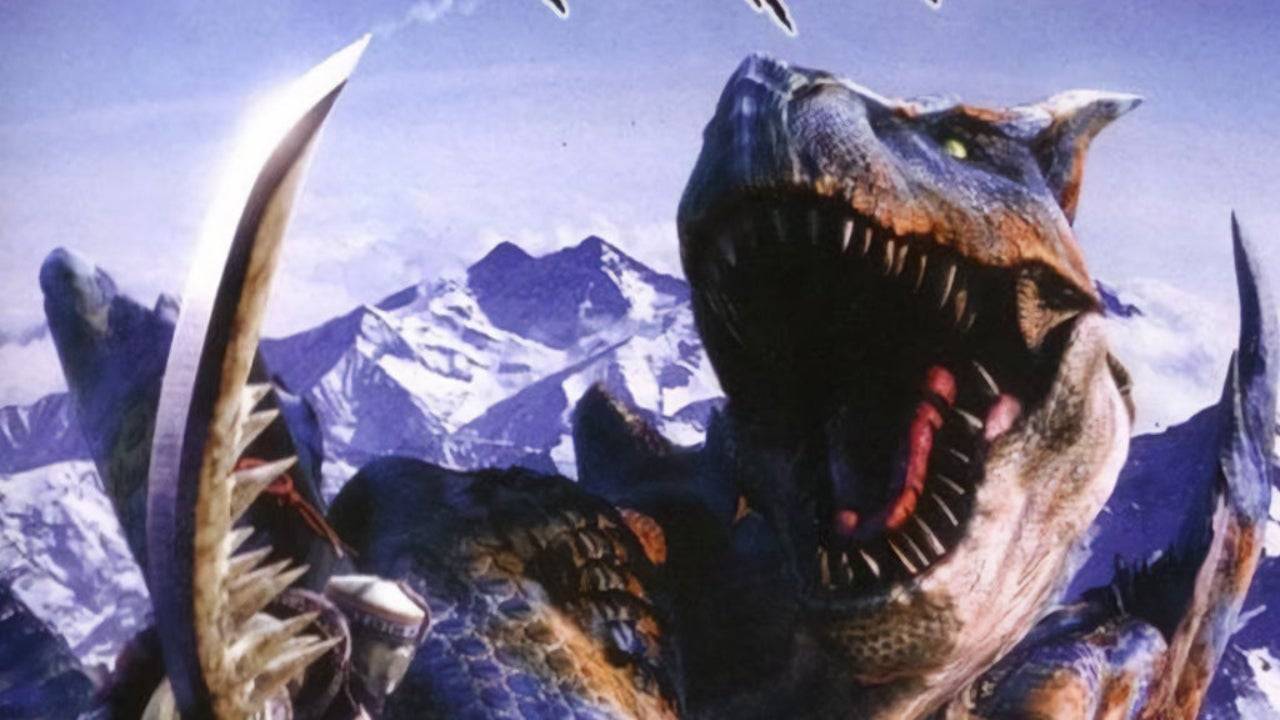 Monster Hunter Freedom 2
Monster Hunter Freedom 2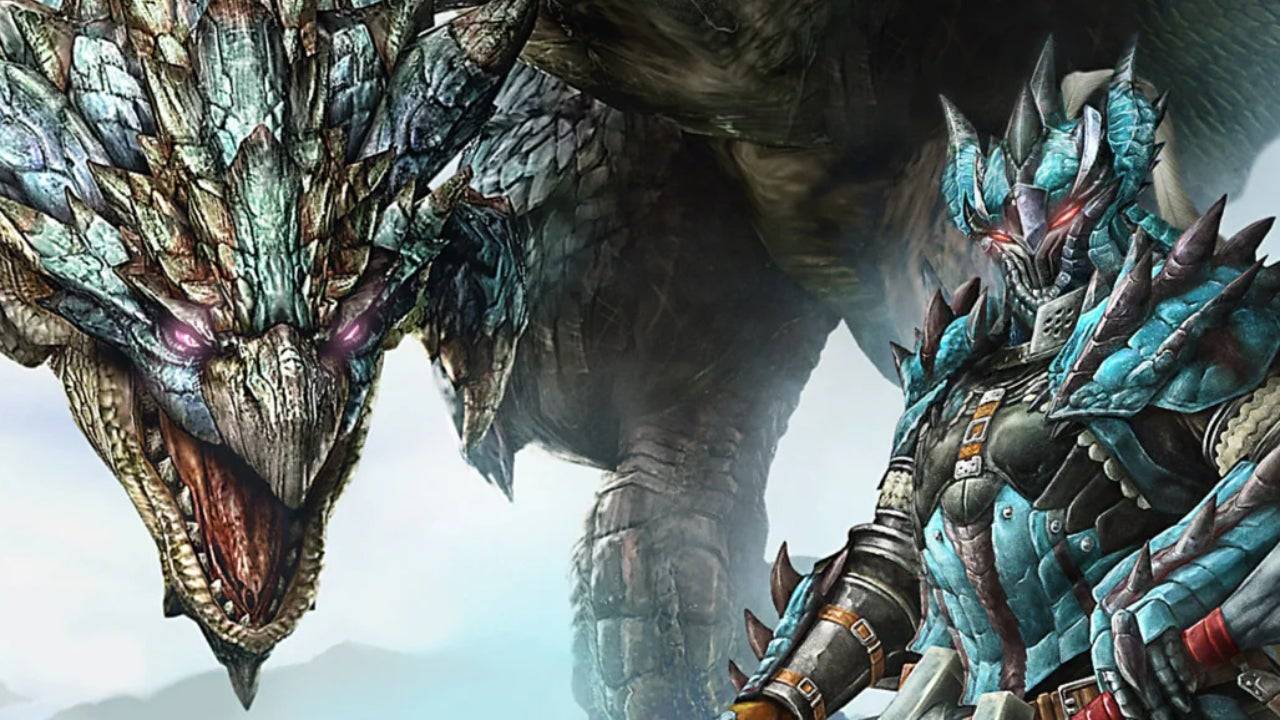 Monster Hunter Tri
Monster Hunter Tri